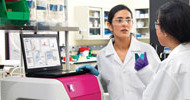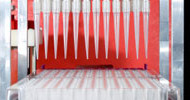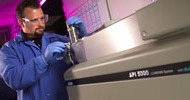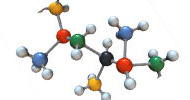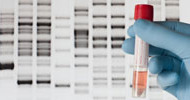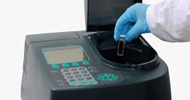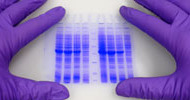Description
Single integrated system offers enhanced performance for greater speed and flexibility in fixed-end point and time-lapse live-cell studiesSunnyvale, California, September 24, 2013 – Molecular Devices® announced today the launch of ImageXpress® Micro XLS System, the latest improvement to its high content screening portfolio. Developed as a single wide-field integrated system with unlimited hardware and software configurations, system-wide improvements offer enhanced speed and flexibility to both fixed-end point and time-lapse live-cell studies.
Drawing on previous success with the ImageXpress Micro XL System, the latest development combines leading edge hardware components with the next generation MetaXpress® Software in one package, to deliver greater throughput and performance. With a screening capability of > 50,000 wells per day, the system allows for faster characterization of highly heterogeneous samples from large, diverse populations, and identification of rare sub-populations.
The open modular design of the ImageXpress Micro XLS System allows for a variety of configurations, affording research labs total flexibility in addressing unique applications. The system includes environmental control, on-board liquid handling, and brightfield capabilities for label-free cellular monitoring over time-lapse experiments, eliminating the need for toxic nuclear stains in live-cell imaging. A variety of light engines is available at time of purchase to support applications such as near infrared (IR) or ratiometric imaging. Custom analysis for specific measurements can be easily created and shared.
“We have seen increasing demands for assays to be run at higher throughput, and to develop biologically relevant assays using new dyes, antibodies or cell models,” noted Grischa Chandy, Senior Product Manager of Molecular Devices, Imaging. “The ImageXpress Micro XLS System addresses these demands on both fronts. It brings significant speed improvements to screening labs so plates can turn to hits faster, and provides the flexibility researchers need in designing and validating an assay.”





















